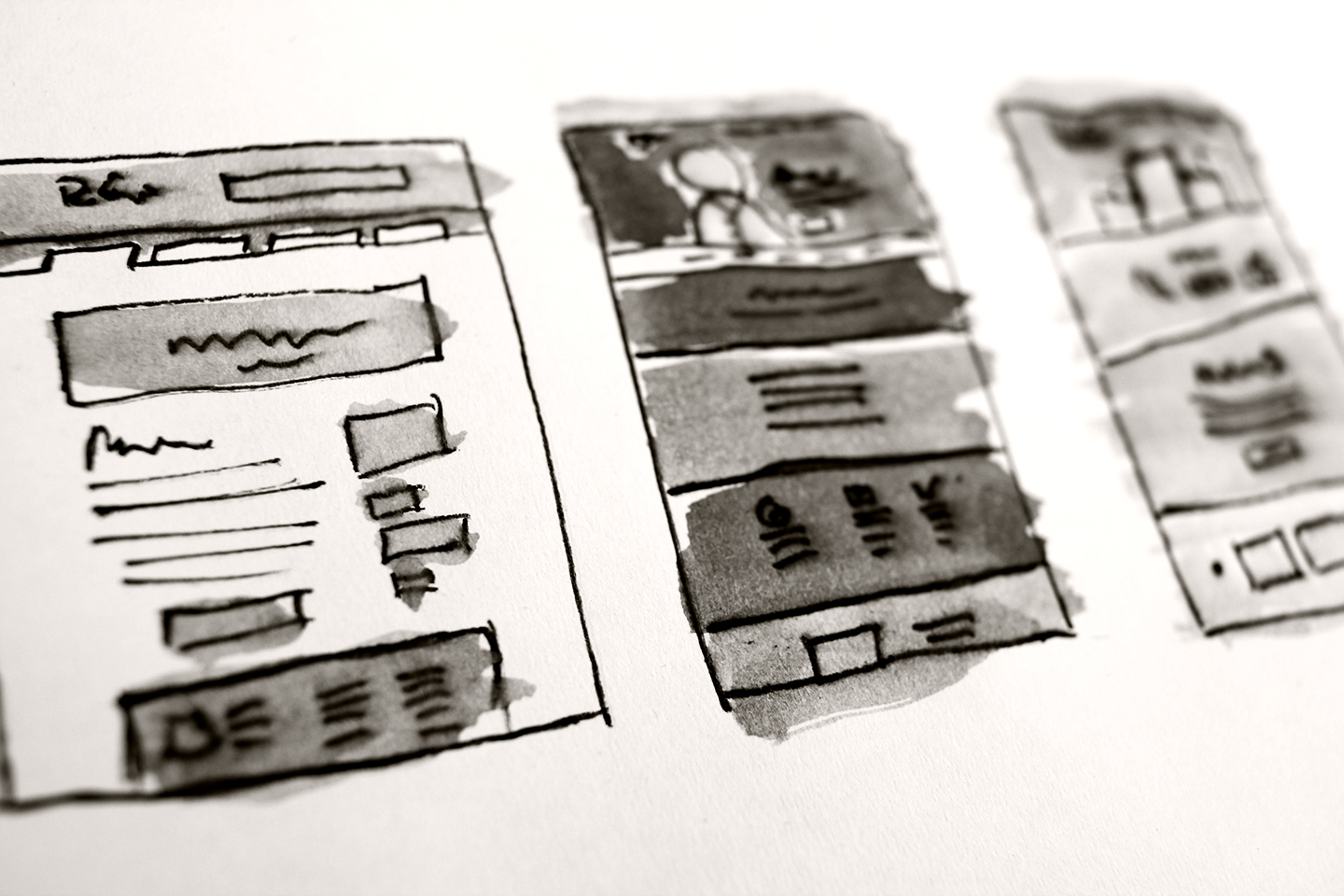From aggregators and social networking sites to online review platforms and mobile apps, job seekers have more channels than ever to identify and evaluate potential employers. Yet, even amid an increasing array of options, it’s the corporate career website that remains the most valued channel for researching an employer.
Much of the value is derived from the career website’s role as the main hub for the organization’s employer brand. Today’s sophisticated job seekers, whether they are active or passive, want an in-depth understanding of what it’s like to work at a company before they decide to apply. In response, most enterprise employers offer a robust career website experience, complete with in-depth content in varying formats for segmented audiences and opportunities to stay in touch until a relevant job opening becomes available. But that’s just for starters. As we’ve witnessed over the past few years, the rapid evolution of online consumer experiences has created an entirely new set of expectations for corporate career website best practices.
Geolocation—just the beginning
Our industry’s initial focus when delving into career website personalization was on the use of geolocation. More specifically, talent acquisition leveraged the practice to ensure that their career websites instantly recognized the visitor’s location and served up matching jobs.
But automated location-specific job results merely represent the baseline of a personalized candidate experience. Soon, more and more corporate career websites will be able to “understand” individual job seekers through a combination of user-supplied information and automation, whereby algorithms will determine, based on the user’s behavior, the jobs and content that should be presented.
Leveraging user-supplied information to advance career website personalization
As an initial step, organizations can embed tag-based criteria into the job search functionality, encouraging visitors to provide details regarding their discipline, skills, experience level and current job title, so that both jobs and content can be customized to the individual. Greater value is realized when these features and functions are also personalized to the organization’s hiring needs. For example, let’s say someone visits the site and indicates she has a sales background. But the organization only hires individuals with solutions selling experience—the tagging system should be mapped accordingly so that the visitor can either identify that as another skill she possesses or self-select out because she now understands that her background isn’t a fit with the job requirements.
Building in AI-driven matching and recommendation capabilities
Just as we’ve seen on the consumer side, AI and automation are opening up entirely new possibilities for the corporate career website experience by doing the heavy lifting to connect the dots between what job seekers and companies have to offer one another.
In these instances, algorithms can be developed to “observe” behaviors and learn from the related outcomes. To illustrate, the career website would know when a visitor has joined a talent community, allowing relevant jobs and content to be displayed even if that visitor hasn’t provided any details about his background. Alternatively, AI can help determine if an individual isn’t qualified for a job he’s reviewing and “nudge” him in the direction of better alternatives.
Chatbots can also be integrated into the career website experience for further personalization, such as recognizing when visitors are already connected to the organization because they completed the hiring process as “silver medalists.” Instead of treating these candidates like strangers, a chatbot can immediately convey that a highly valued relationship already exists.
Creating stronger connections for better talent outcomes
The evolution of applying personalization to career website functionality for hyper-customized candidate experiences is well underway. In my view, this offers truly exciting opportunities for talent acquisition teams that not only want to keep up with, but continually surpass, job seeker expectations with the ultimate goal of creating stronger candidate connections for better talent outcomes.
